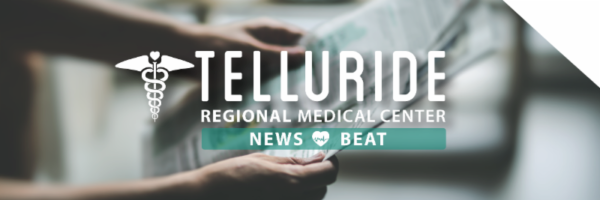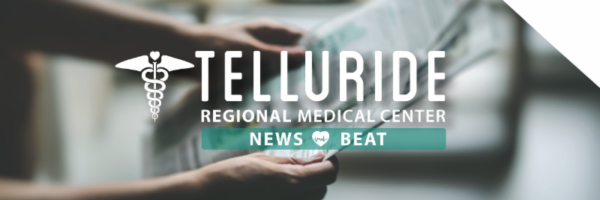
25 May Telluride Med Center: Turning Bystanders Into Life Saving 1st Responders
For more information from the Telluride Medical Center on how to attend or host a Stop the Bleed Training, email Tuohy at mtuohy@tellmed.org.

The Telluride Medical Center, in partnership with The Western Slope Trauma Collaborative and a grant from Colorado Department of Public Health and Environment, has installed forty-one Stop the Bleed trauma kits at every AED station in the Telluride Hospital District.
View AED Maps for the region here.
In addition to housing portable electronic defibrillators for cardiac emergencies, each AED station will now contain instructions and tools to allow bystanders to control life-threatening bleeding and provide immediate care to an injured person until professional emergency responders arrive.
Stop the Bleed is a national campaign aimed at turning regular citizens into first responders who can assist someone who may be bleeding from an accident, car crash or active shooter event.
“Blood loss is the top cause of preventable death in trauma,” said Melissa Tuohy, trauma nurse coordinator at the Telluride Medical Center.
“We want to make sure everyone in the community is prepared to help in any emergency.”
Adding Stop the Bleed trauma kits to AED stations is only the latest effort made by Tuohy, who helped launch The Western Slope Trauma Collaborative last fall. She and her team have expanded community access to life-saving bleeding control tools and training. A top priority this past year has been to build the trauma kits and offer free Stop The Bleed trainings to the public.
In an emergency, bystanders can find the Trauma Kits at any AED Station in the Telluride Hospital District. AED maps are available at tellmed.org.
According to Tuohy, you don’t have to have prior training to use the kit which includes instructions on how to “stuff” a wound and properly apply a tourniquet; scissors; gauze rolls; gloves; and a tourniquet.
“No matter how rapid the arrival of emergency responders, bystanders will always be first on the scene and the first link in someone’s chain of survival,” said Tuohy.


Sorry, the comment form is closed at this time.